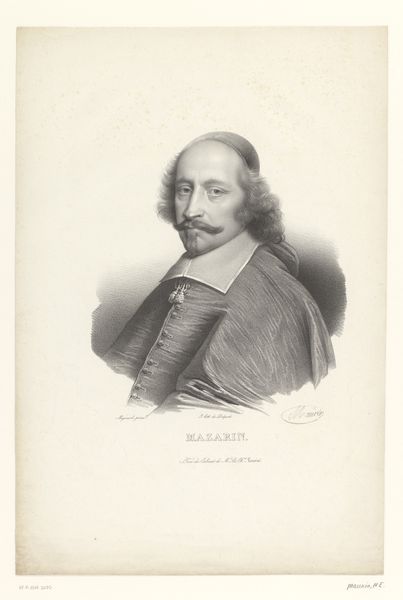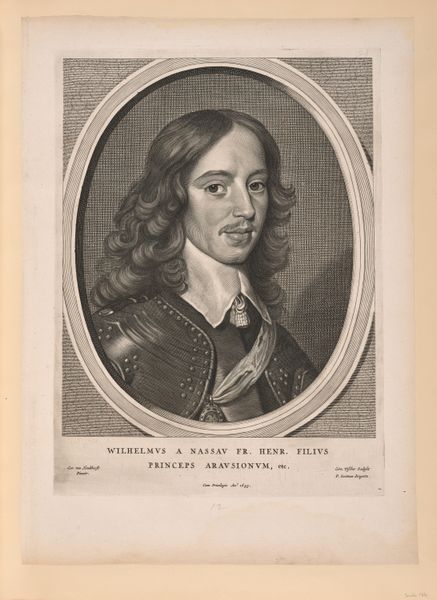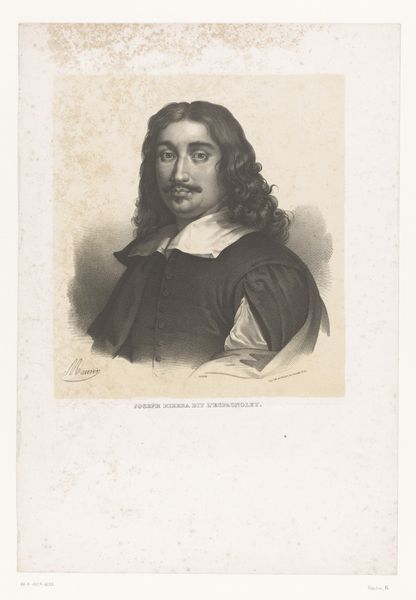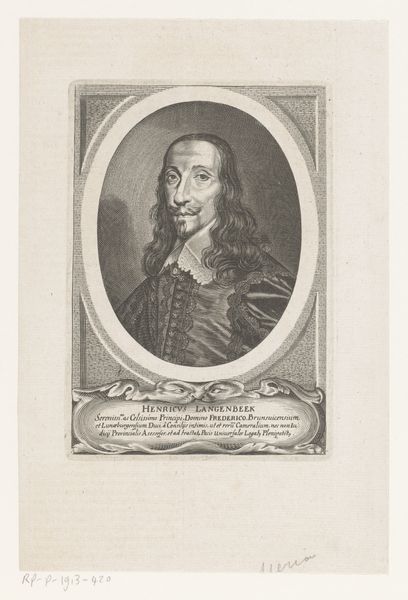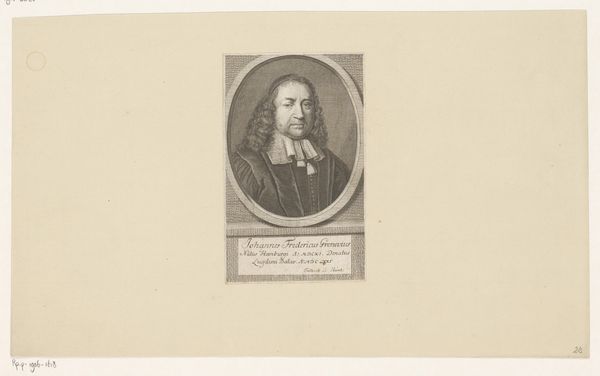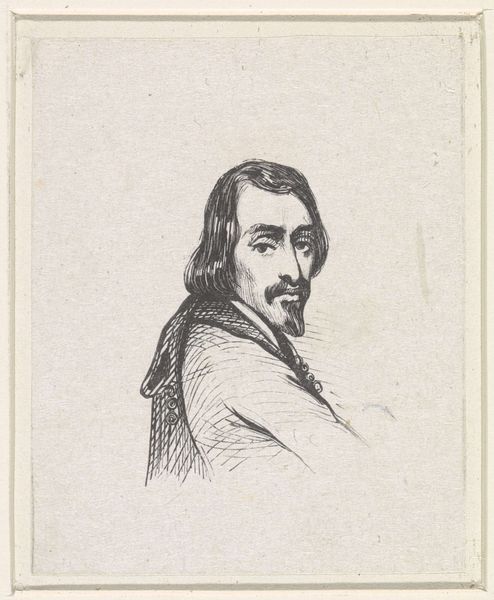
drawing, print, graphite
#
portrait
#
drawing
#
dutch-golden-age
# print
#
archive photography
#
historical photography
#
graphite
Dimensions: height 220 mm, width 150 mm
Copyright: Rijks Museum: Open Domain
Curator: Looking at this print from circa 1839, a portrait of Paulus Potter by Carel Christiaan Antony Last, I immediately consider the material processes at play. The work is primarily graphite. Editor: It's certainly a refined portrait, but the way his gaze meets the viewer—it evokes a sense of calculated presentation, doesn't it? Considering societal power dynamics… Curator: Precisely. Think about the conditions of printmaking at the time. Print was about distribution and replication. How does the mechanization of reproducing imagery alter the way a painter gains renown and recognition? Editor: The original painter and how he came to create, yes. Potter, the Dutch Golden Age painter, positioned himself deliberately. His most famous works often featured animals and idyllic landscapes, which, in their own way, perpetuated notions of a Dutch national identity rooted in agriculture. A printed image like this solidified his image but also repackaged and consumed the value of that vision. Curator: And the engravers themselves! Here, Sortens & Fils à La Hage put their labor into recrafting Last's image and mass producing. Editor: Exactly. To what extent did Last's interpretation influence Potter's historical perception? Was Last commissioned, or motivated by something deeper? Curator: Good questions! By reproducing Potter’s image, the engraver inserted their own hand into crafting not just art but history. Think of the economics—this reproduction could bring art to more middle-class homes or even reach people globally that a singular oil painting simply couldn’t. The accessibility factor shifts everything! Editor: And did this democratizing effect also shift control of the narrative? Does this image enhance the subject's perceived authority or undermine it? These reproduction technologies create a powerful echo chamber to establish one person over all other possible identities of the historical painter and of the nation that is building around him and through him. Curator: It's a fascinating question. The printmaking introduces the interplay between artist, subject, and consumer that isn't readily visible on initial viewing. Editor: This image really highlights how portraits never simply depict likeness; they reflect the surrounding values of the day as well. Curator: It causes one to consider the social and material life cycle of images, really. Editor: A crucial reminder to consider historical context.
Comments
No comments
Be the first to comment and join the conversation on the ultimate creative platform.





